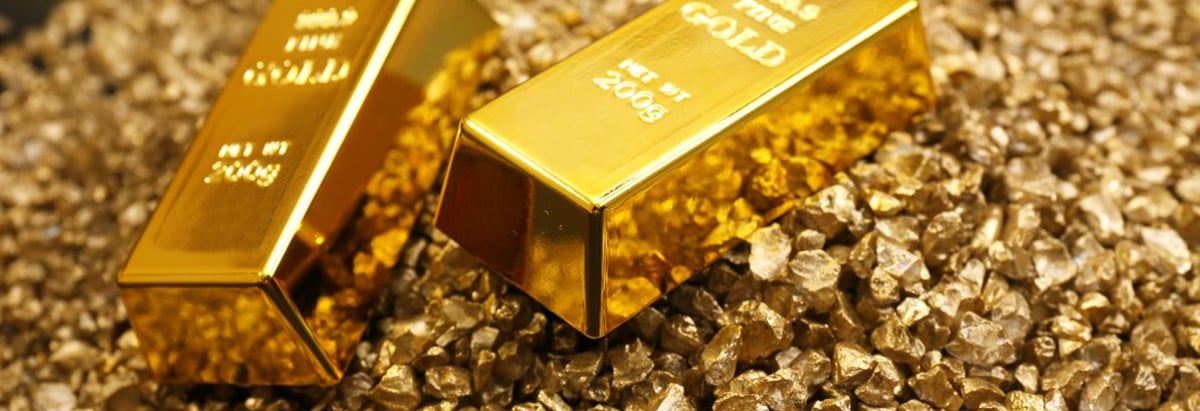
Today we'll look at Trans-Siberian Gold plc (LON:TSG) and reflect on its potential as an investment. Specifically, we'll consider its Return On Capital Employed (ROCE), since that will give us an insight into how efficiently the business can generate profits from the capital it requires.
First of all, we'll work out how to calculate ROCE. Second, we'll look at its ROCE compared to similar companies. Finally, we'll look at how its current liabilities affect its ROCE.
Return On Capital Employed (ROCE): What is it?
ROCE is a measure of a company's yearly pre-tax profit (its return), relative to the capital employed in the business. All else being equal, a better business will have a higher ROCE. Overall, it is a valuable metric that has its flaws. Author Edwin Whiting says to be careful when comparing the ROCE of different businesses, since 'No two businesses are exactly alike.'
How Do You Calculate Return On Capital Employed?
Analysts use this formula to calculate return on capital employed:
Return on Capital Employed = Earnings Before Interest and Tax (EBIT) ÷ (Total Assets - Current Liabilities)
Or for Trans-Siberian Gold:
0.081 = US$8.0m ÷ (US$109m - US$11m) (Based on the trailing twelve months to June 2018.)
So, Trans-Siberian Gold has an ROCE of 8.1%.
Want to participate in a short research study? Help shape the future of investing tools and you could win a $250 gift card!
View our latest analysis for Trans-Siberian Gold
Is Trans-Siberian Gold's ROCE Good?
ROCE can be useful when making comparisons, such as between similar companies. Using our data, Trans-Siberian Gold's ROCE appears to be significantly below the 12% average in the Metals and Mining industry. This performance could be negative if sustained, as it suggests the business may underperform its industry. Setting aside the industry comparison for now, Trans-Siberian Gold's ROCE is mediocre in absolute terms, considering the risk of investing in stocks versus the safety of a bank account. It is possible that there are more rewarding investments out there.
As we can see, Trans-Siberian Gold currently has an ROCE of 8.1%, less than the 18% it reported 3 years ago. Therefore we wonder if the company is facing new headwinds.

When considering this metric, keep in mind that it is backwards looking, and not necessarily predictive. ROCE can be misleading for companies in cyclical industries, with returns looking impressive during the boom times, but very weak during the busts. This is because ROCE only looks at one year, instead of considering returns across a whole cycle. We note Trans-Siberian Gold could be considered a cyclical business. Since the future is so important for investors, you should check out our free report on analyst forecasts for Trans-Siberian Gold.
Trans-Siberian Gold's Current Liabilities And Their Impact On Its ROCE
Current liabilities include invoices, such as supplier payments, short-term debt, or a tax bill, that need to be paid within 12 months. The ROCE equation subtracts current liabilities from capital employed, so a company with a lot of current liabilities appears to have less capital employed, and a higher ROCE than otherwise. To counter this, investors can check if a company has high current liabilities relative to total assets.
Trans-Siberian Gold has total assets of US$109m and current liabilities of US$11m. As a result, its current liabilities are equal to approximately 9.8% of its total assets. With low levels of current liabilities, at least Trans-Siberian Gold's mediocre ROCE is not unduly boosted.
Our Take On Trans-Siberian Gold's ROCE
Based on this information, Trans-Siberian Gold appears to be a mediocre business. Of course, you might find a fantastic investment by looking at a few good candidates. So take a peek at this free list of companies with modest (or no) debt, trading on a P/E below 20.
For those who like to find winning investments this free list of growing companies with recent insider purchasing, could be just the ticket.
We aim to bring you long-term focused research analysis driven by fundamental data. Note that our analysis may not factor in the latest price-sensitive company announcements or qualitative material.
If you spot an error that warrants correction, please contact the editor at editorial-team@simplywallst.com. This article by Simply Wall St is general in nature. It does not constitute a recommendation to buy or sell any stock, and does not take account of your objectives, or your financial situation. Simply Wall St has no position in the stocks mentioned. Thank you for reading.
Market Insights
Community Narratives


